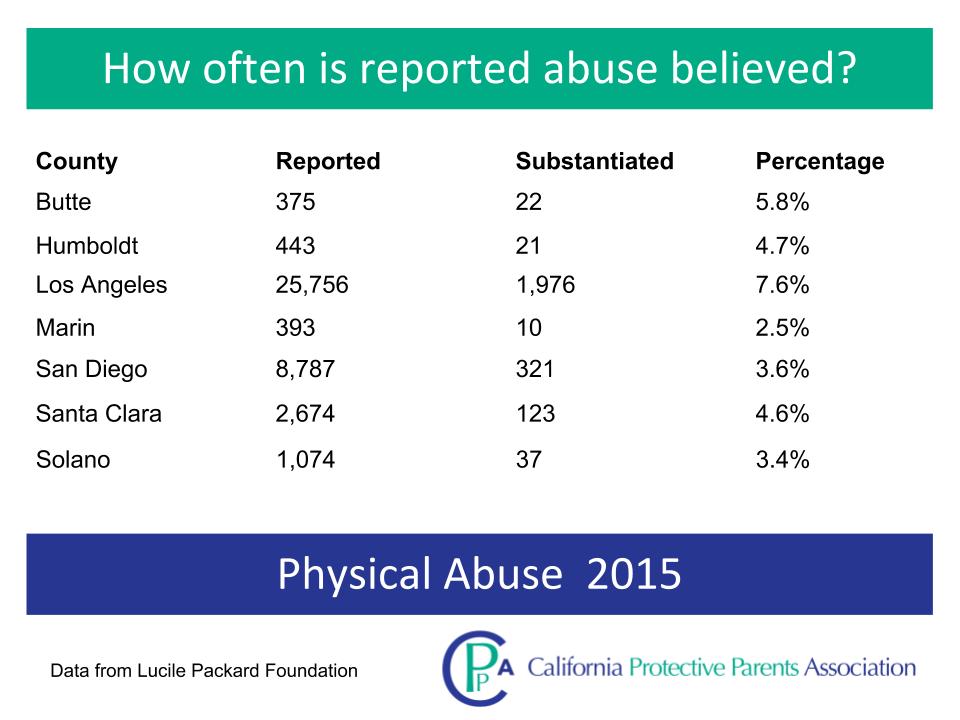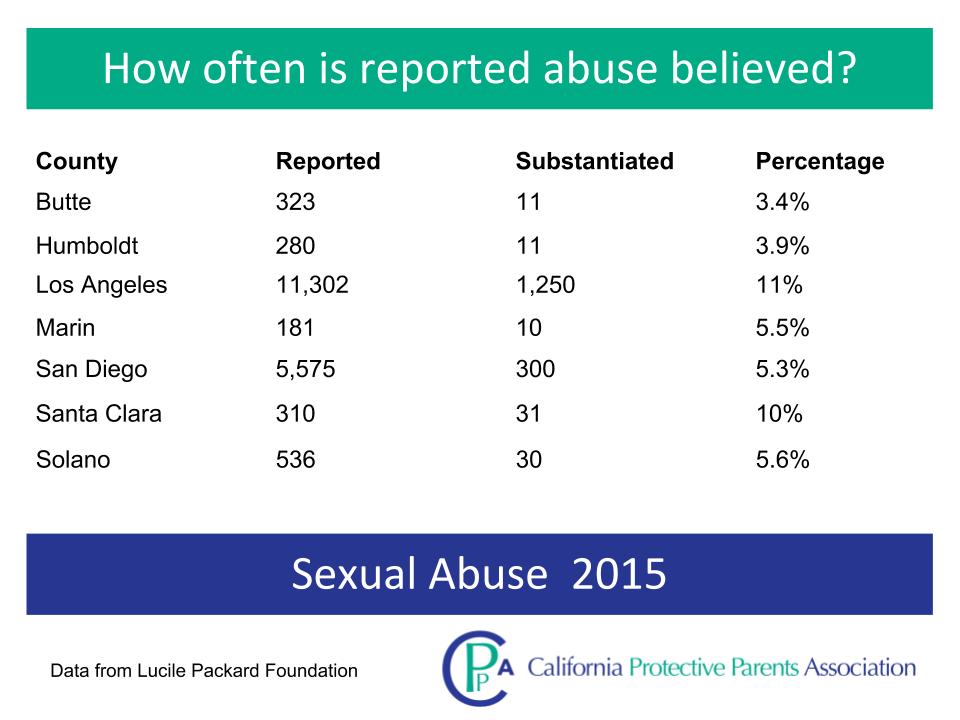Courage to Change a Culture

Moving from Dismissing Abuse to Believing Abuse
visit the Center for Institutional Courage website.

1. Comply with criminal laws and civil rights codes.
Go beyond mere compliance. Avoid a check-box approach by stretching beyond minimal standards of compliance and reach for excellence in non-violence and equity.
Button
2. Respond sensitively to victim disclosures
Avoid cruel responses that blame and attack the victim. Even well-meaning responses can be harmful by, for instance, taking control away from the victim or by minimizing the harm. Better listening skills can also help institutions respond sensitively.
Button
3. Bear witness, be accountable and apologize.
Create ways for individuals to discuss what happened to them. This includes being accountable for mistakes and apologizing when appropriate.
Button
4. Cherish the whistleblower.
Those who raise uncomfortable truths are potentially the best friends of an institution. Once people in power have been notified about a problem, they can take steps to correct it. Encourage whistleblowing through incentives like awards and salary boosts.
Button
5. Engage in a self-study.
Institutions should make a regular practice of asking themselves if they are promoting institutional betrayal. Focus groups and committees charged with regular monitoring can make all the difference.
Button
6. Conduct anonymous surveys.
Well-done anonymous surveys are a powerful tool for disrupting institutional betrayal. Employ experts in sexual violence measurement, use the best techniques to get meaningful data, provide a summary of the results and talk openly about the findings. This will inspire trust and repair.
Button
7. Make sure leadership is educated about research on sexual violence and related trauma.
Teach about concepts and research on sexual violence and institutional betrayal. Use the research to create policies that prevent further harm to victims of harassment and assault.
Button
8. Be transparent about data and policy.
Sexual violence thrives in secrecy. While privacy for individuals must be respected, aggregate data, policies and processes should be open to public input and scrutiny.
Button
9. Use the power of your company to address the societal problem.
For instance, if you’re at a research or educational institution, then produce and disseminate knowledge about sexual violence. If you are in the entertainment industry, make documentaries and films. Find a way to use your product to help end sexual violence.
Button
10. Commit resources to steps 1 through 9.
Good intentions are a good starting place, but staff, money and time need to be dedicated to make this happen. As Joe Biden once said: “Don’t tell me what you value, show me your budget, and I’ll tell you what you value.”
Button
When sexual assault victims speak out, their institutions often betray them

A 27-year-old medical resident in general surgery is sexually harassed by two men – the chief resident and a staff physician at the hospital. She feels trapped. When one of the men’s actions escalates to assault, she struggles to find the strength and courage to report it.
When she finally does, will the outcome harm her even more?
The story, a fictional composite based on real accounts in our research, is agonizingly familiar. The outcome is often worse. When sexual harassment and assault occur in the context of an institution – a school, the military, a workplace – the behavior of institutional leaders can become a powerful force in how the victim fares.
From Susan Fowler’s poor treatment by Uber’s human resources department to the silence of non-abusive men in Harvey Weinstein’s orbit, our most powerful institutions often act without courage.
Over 25 years, my students and others have amassed a substantial body of empirical work revealing the real psychological and physical harm that institutions can do to those they betray.
However, if institutions want to do the hard work, they can help victims and prevent violence in the first place – by choosing courage instead of betrayal.
How betrayal harms health
My colleagues and I first introduced the term institutional betrayal in 2007, and have since explored it further, including in a book, “ Blind to Betrayal.”
Institutional betrayal is harm an institution does to those who depend upon it. This betrayal can take the form of overt policies or behaviors, such as discriminatory rules or genocide.
Harm can also mean failing to do that what is reasonably expected of the institution, such as not providing relief to disaster victims or failing to respond effectively to sexual violence. For instance, some victims of assault are punished or even demoted or fired for reporting the assault to their institution.
In our studies , we found that more than 40 percent of college student participants who were sexually victimized in an institutional context did also report experiences of institutional betrayal.
These power ratios between harasser and victim can be quite significant, depending on the victim’s status. While the medical resident’s issues in our first example are deeply troubling, she may have more leverage to seek justice than a hotel or restaurant worker who is the daily and unrelenting target of harassment.
My work with clinical psychologist Carly Smith at Penn State shows that institutional betrayal can cause both emotional and physical health problems, even for those who have experienced similar levels of trauma from interpersonal betrayal.
One study found that institutional betrayal exacerbates symptoms associated with sexual trauma, such as anxiety, dissociation and sexual problems.
Other researchers have found similar effects. For instance, military sexual trauma survivors who have also experienced institutional betrayal have higher rates of PTSD symptoms and depression than those who have not experienced it. Perhaps most alarming, the survivors with institutional betrayal experiences had higher odds of attempting suicide.
In another study , we discovered that institutional betrayal is associated with physical health problems, such as headaches, sleep problems and shortness of breath.
Institutional courage

What can we do to prevent and address institutional betrayal? The antidote is something my colleagues and I call “institutional courage.”
The details of institutional courage depend to some extent on the type of institution involved, but there are 10 general principles that can apply across most institutions.
1. Comply with criminal laws and civil rights codes.
Go beyond mere compliance. Avoid a check-box approach by stretching beyond minimal standards of compliance and reach for excellence in non-violence and equity.
2. Respond sensitively to victim disclosures.
Avoid cruel responses that blame and attack the victim. Even well-meaning responses can be harmful by, for instance, taking control away from the victim or by minimizing the harm. Better listening skills can also help institutions respond sensitively.
3. Bear witness, be accountable and apologize.
Create ways for individuals to discuss what happened to them. This includes being accountable for mistakes and apologizing when appropriate.
4. Cherish the whistleblower.
Those who raise uncomfortable truths are potentially the best friends of an institution. Once people in power have been notified about a problem, they can take steps to correct it. Encourage whistleblowing through incentives like awards and salary boosts.
5. Engage in a self-study.
Institutions should make a regular practice of asking themselves if they are promoting institutional betrayal. Focus groups and committees charged with regular monitoring can make all the difference.
6. Conduct anonymous surveys.
Well-done anonymous surveys are a powerful tool for disrupting institutional betrayal. Employ experts in sexual violence measurement, use the best techniques to get meaningful data, provide a summary of the results and talk openly about the findings. This will inspire trust and repair.
We developed a tool called the Institutional Betrayal Questionnaire. First published in 2013, the questionnaire probes a company’s employer-employee work environment to assess vulnerability to potential problems, the ease or difficulty of reporting such issues and how complaints are processed and handled.
7. Make sure leadership is educated about research on sexual violence and related trauma.
Teach about concepts and research on sexual violence and institutional betrayal. Use the research to create policies that prevent further harm to victims of harassment and assault.
8. Be transparent about data and policy.
Sexual violence thrives in secrecy. While privacy for individuals must be respected, aggregate data, policies and processes should be open to public input and scrutiny.
9. Use the power of your company to address the societal problem.
For instance, if you’re at a research or educational institution, then produce and disseminate knowledge about sexual violence. If you are in the entertainment industry, make documentaries and films. Find a way to use your product to help end sexual violence.
10. Commit resources to steps 1 through 9.
Good intentions are a good starting place, but staff, money and time need to be dedicated to make this happen. As Joe Biden once said
: “Don’t tell me what you value, show me your budget, and I’ll tell you what you value.”![]()
Jennifer J. Freyd , Professor of Psychology, University of Oregon
This article is republished from The Conversation under a Creative Commons license. Read the original article.



